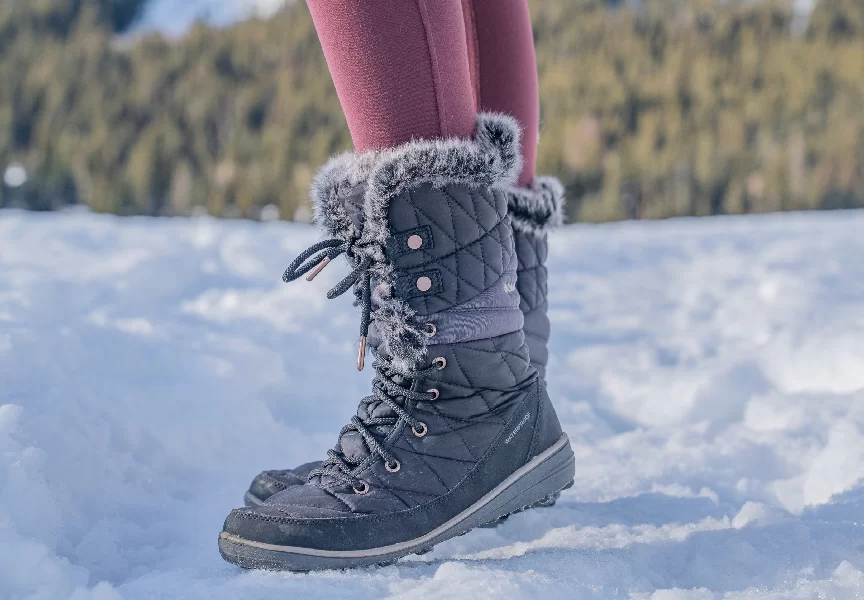
Introduction:
A climbing harness is a crucial piece of equipment for climbers, providing safety, support, and comfort during vertical adventures. Whether you’re a beginner or an experienced climber, selecting the right climbing harness is essential for your overall climbing experience. In this blog post, we will guide you through the key factors to consider when choosing a climbing harness, ensuring you find the perfect fit, functionality, and safety for your climbing needs.
- Types of Climbing Harnesses:
There are two main types of climbing harnesses: sit harnesses and full-body harnesses. Sit harnesses are the most common and versatile, suitable for a wide range of climbing activities, including sport climbing, trad climbing, and indoor climbing. Full-body harnesses are primarily designed for children, beginners, and situations where additional upper body support is required, such as via ferrata or adventure parks. Determine the type of climbing you’ll be engaging in to make the appropriate choice. - Fit and Comfort:
A well-fitting and comfortable harness is essential for a pleasant climbing experience. Look for harnesses that offer a wide range of adjustability to accommodate your body shape and size. Consider features like adjustable waist belts and leg loops. Ensure the harness snugly fits your waist and thighs without being overly tight or restrictive. Padding on the waist belt and leg loops can enhance comfort, especially during long climbing sessions. Try on different harnesses and choose one that feels secure and comfortable for extended periods. - Weight and Packability:
For climbers who embark on multi-pitch or alpine adventures, weight and packability become crucial factors. Look for lightweight harnesses that won’t weigh you down during long ascents. Harnesses made from lightweight materials like high-strength nylon or dyneema are ideal for minimizing weight without compromising safety. Additionally, consider harnesses that are easy to pack and compress into a small size, facilitating convenient transportation in your climbing pack. - Safety Features:
Safety should be the top priority when selecting a climbing harness. Look for harnesses that meet recognized safety standards, such as UIAA (International Climbing and Mountaineering Federation) or CE (Conformité Européene) certifications. Pay attention to the construction quality, including the stitching, webbing, and buckle systems. Reinforced tie-in points and belay loops enhance durability and safety. Double-backed buckles or auto-locking buckles provide secure closure and minimize the risk of accidental opening. - Gear Loops and Storage:
Gear loops are essential for carrying climbing equipment such as quickdraws, carabiners, and cams. Consider the number and placement of gear loops based on your climbing requirements. Harnesses with multiple gear loops allow for better organization and accessibility to your gear. Some harnesses also feature ice clipper slots for attaching ice screws or tools during ice climbing. Additionally, look for harnesses with haul loops or rear loops for carrying additional gear or attaching a chalk bag. - Adjustable Leg Loops:
Leg loops play a significant role in ensuring a secure and comfortable fit. Some harnesses offer adjustable leg loops, allowing you to customize the fit based on your leg size and clothing layers. Adjustable leg loops are especially beneficial if you wear thicker layers during colder climbing conditions or need to accommodate different climbers with varying leg sizes. However, fixed leg loops may be preferred if you prioritize simplicity and ease of use. - Gender-Specific Harnesses:
Many manufacturers offer gender-specific climbing harnesses designed to accommodate the anatomical differences between men and women. Women’s harnesses typically have a different waist-to-leg loop ratio and additional padding in specific areas. While gender-specific harnesses are not mandatory, they may provide a more comfortable and secure fit for some climbers. It’s essential to try on different harnesses to find the one that fits your body shape and preferences. - User Reviews and Recommendations:
Reading user reviews and seeking recommendations from experienced climbers can provide valuable insights into the performance and durability of specific harness models. Consider reviews that highlight the harness’s comfort, durability, and overall performance in various climbing scenarios. However, keep in mind that different climbers have different preferences and body types, so it’s essential to try on harnesses yourself before making a final decision.
Conclusion:
Selecting the right climbing harness is crucial for a safe, comfortable, and enjoyable climbing experience. Consider factors such as the type of climbingyou’ll be engaging in, fit and comfort, weight and packability, safety features, gear loops and storage, adjustable leg loops, gender-specific options, and user reviews. By carefully evaluating these factors and trying on different harnesses, you can find the perfect climbing harness that meets your specific needs. Remember, safety should always be the top priority, so choose a harness that meets recognized safety standards and provides reliable construction. With the right climbing harness, you’ll be equipped to take on thrilling vertical challenges with confidence and peace of mind. Happy climbing!



